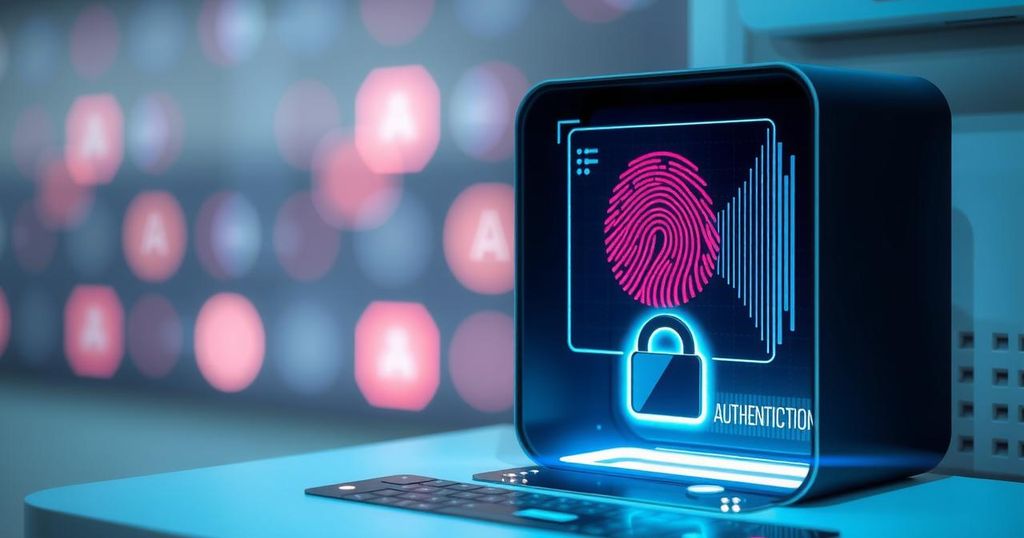Biometric authentication provides a practical alternative to passwords, enhancing security and user experience. While it offers conveniences like unique identification and reduced errors, it also poses challenges such as irreplaceability and vulnerability to theft. Best practices, including encryption and local storage, are vital for minimizing risks. As its use expands, robust security measures will be essential to protect biometric data effectively.
Biometric authentication serves as a robust alternative to traditional passwords for securing data and systems. It relies on unique physical traits, such as fingerprints or facial recognition, bypassing the issues tied to forgotten passwords or lost tokens. However, understanding its limitations is crucial for effective implementation. While biometrics offer convenience and unique security features, potential drawbacks must also be addressed to create a balanced approach.
Pros of Biometric Authentication
1. Convenience: Users cannot forget or misplace body parts, making the authentication process smoother than using passwords.
2. Unique Identification: Biometric traits provide a level of nonrepudiation; users cannot dispute their data access.
3. Reduced Human Error: Minimizes mistakes related to manual transcription and character entry, enhancing accuracy.
4. Scalability: Biometric systems can easily allow or restrict user access with minimal input.
5. Fraud Detection: Unique identifiers bolster accountability, aiding in the detection of unauthorized access or fraud.
6. Cost Savings: Organizations may experience lower administrative costs due to fewer password reset requests.
Cons of Biometric Authentication
1. Irreplaceable Nature: Stolen biometric data cannot be changed, posing significant security risks if compromised.
2. Credential Theft: Once compromised, an individual’s biometric data affects all related accounts, unlike traditional passwords that can be reset.
3. Aging and Injury: Changes in a user’s physical appearance due to age or injuries can hinder the system’s effectiveness.
4. Environmental Limitations: Factors like lighting and physical changes can impair biometric readings and lead to failures.
5. High Implementation Costs: Setting up and maintaining biometric systems entails significant investment in technology and infrastructure.
6. Hardware Limitations: Biometric devices can wear down, potentially increasing false positives and negatives over time.
7. Denial of Service Attacks: Malicious actors can lock users out by submitting incorrect biometric data, complicating recovery.
8. Record Deletion Challenges: Proper procedures must be in place to destroy biometric data once it is no longer required, ensuring user privacy.
Best Practices for Protecting Biometric Data
– Local Storage: Avoid keeping biometric data on centralized servers to reduce the risk of mass data theft.
– Encryption: Use strong encryption and key management for any stored biometric information.
– Patch Management: Regularly update and maintain firmware that manages biometric data.
– Tamper-Resistant Devices: Ensure physical devices are secure and resistant to tampering.
– Multifactor Authentication: Combine biometrics with other authentication factors for enhanced security.
– Vendor Reliability: Partner only with trustworthy vendors who guarantee the destruction of biometric data when it is no longer needed.
As biometric authentication becomes more prevalent, the demand for secure, efficient systems increases. Continuous improvement and security measures will be critical in protecting sensitive biometric data against evolving threats.
In summary, biometric authentication offers significant advantages over traditional password-based systems, including convenience, unique security features, and reduced administrative burdens. However, potential risks relating to credential theft, usability issues, and implementation costs must be carefully managed. Following best practices, such as local data storage and encryption, can help mitigate the downsides and ensure robust security measures are in place. Biometric methods are poised for growth within identity authentication solutions, necessitating secure practices to safeguard user data.
Original Source: www.techtarget.com





